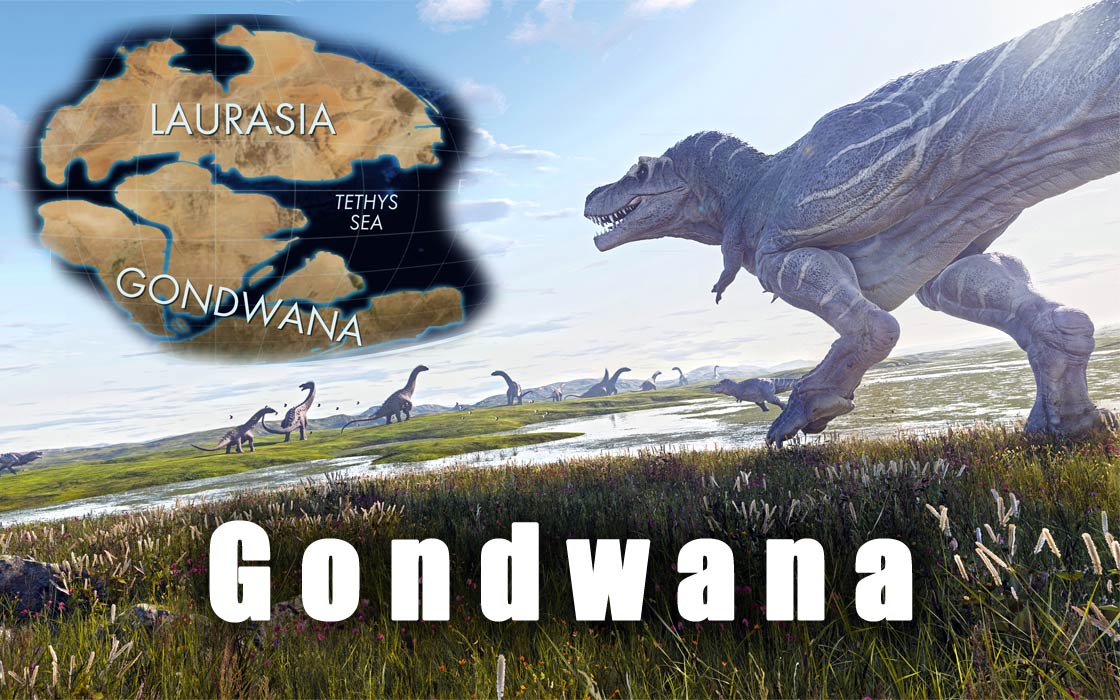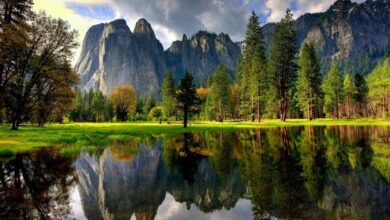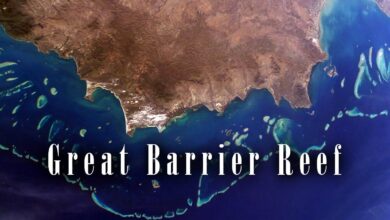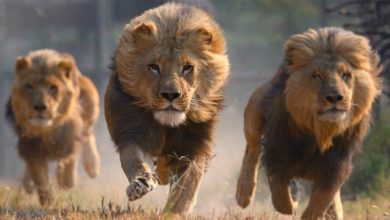Gondwana – the southern Supercontinent
Gondwana
Gondwana was a supercontinent that formed during the late Neoproterozoic, about 550 million years ago. It was made up of what are now Africa, South America, Antarctica, Australia, and the Indian subcontinent. Gondwana began to break up during the Jurassic period, about 180 million years ago, and eventually separated into the continents we know today. The break-up of Gondwana had a significant impact on the movement and formation of the continents, as well as on the evolution of life on Earth.
Name
The name “Gondwana” comes from the Gond tribe, which is an ancient indigenous tribe of India. The name was first proposed by the German scientist, Eduard Suess, in 1885. He used the name to describe the southern landmass that he believed existed in the past, composed of present-day Africa, South America, Antarctica, Australia, and the Indian subcontinent. The name Gondwana is derived from the Gondi language spoken by the Gond people, which means “land of the Gonds”. The Gonds are considered to be one of the oldest tribes in the world, and their name has been used to name the supercontinent as a nod to the ancient history of the landmass.
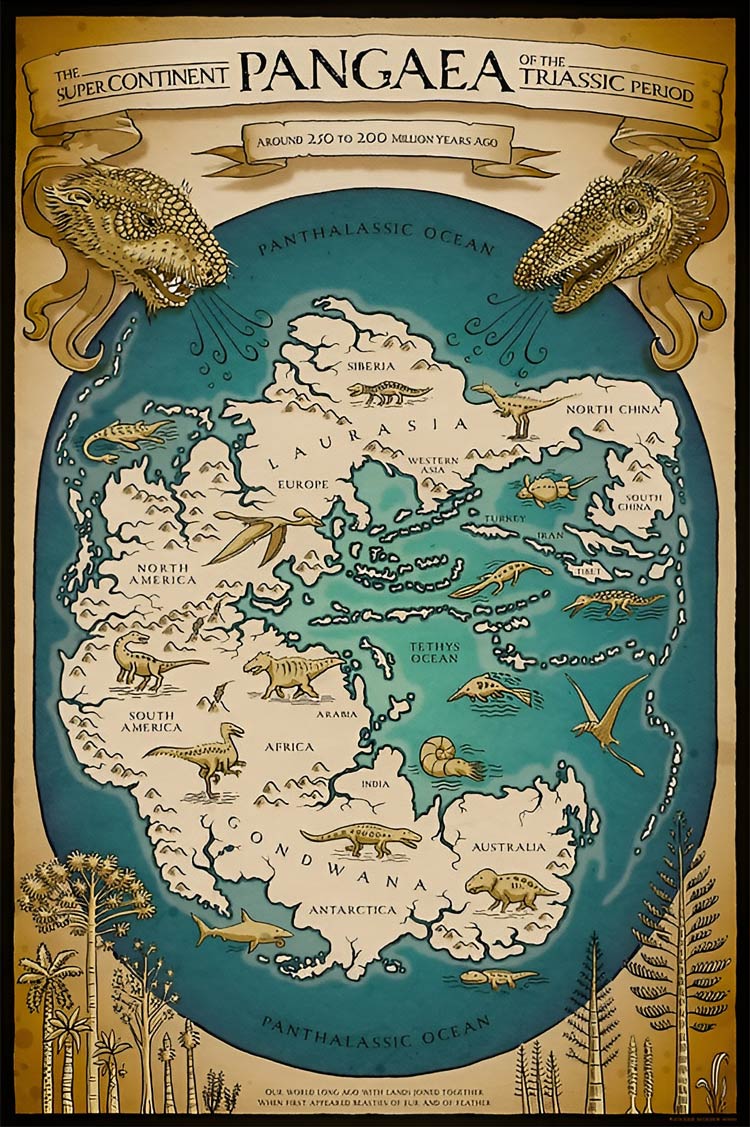
Description
Gondwana was located primarily in the Southern Hemisphere and was made up of several smaller landmasses that eventually came together to form the supercontinent. The process of its formation and breakup is thought to have been caused by plate tectonics and the movement of the Earth’s crustal plates. The supercontinent was also likely affected by changes in sea level and climate.
During the Jurassic period, Gondwana began to split apart due to the movement of the Earth’s crustal plates. The break-up process took millions of years and was characterized by rifting, seafloor spreading, and the formation of new oceans. The separation of Gondwana led to the formation of the Atlantic and Indian Oceans, as well as the creation of the Southern Ocean.
Gondwana’s break-up also had a significant impact on the movement and formation of the continents, as well as on the evolution of life on Earth. The separation of the continents allowed for the exchange of plants and animals between different parts of the world, which led to the diversification of life. The formation of the Southern Ocean also had a major impact on the Earth’s climate, as it allowed for the formation of the Antarctic Circumpolar Current, which helps to regulate the planet’s temperature.
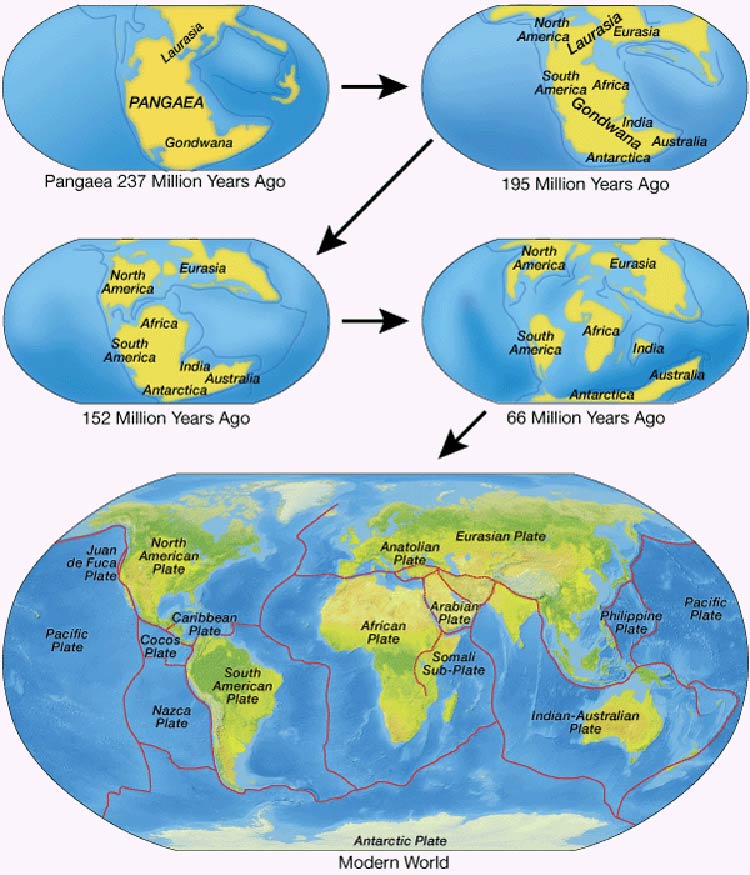
Gondwana’s first uplift
The first uplift of Gondwana occurred during the early Paleozoic era, about 540 million years ago. This uplift was caused by the collision of several continental plates that formed the supercontinent. The collision caused the land to rise, creating mountains and highlands. This uplift also led to the formation of the Appalachian Mountains in what is now North America, as well as the Variscan Mountains in Europe.
The first uplift of Gondwana also had a significant impact on the Earth’s climate and environment. The formation of mountains and highlands led to changes in weather patterns, increased erosion and sedimentation, and the creation of new habitats for plants and animals. The uplift also likely caused significant changes in sea level and ocean circulation, which would have had an impact on marine life.
It’s also worth noting that the first uplift of Gondwana was not the only uplift that occurred during the supercontinent’s history, it had many uplift and subsidence events over the millions of years of its existence, and these events also had a significant impact on the Earth’s geology and biology.
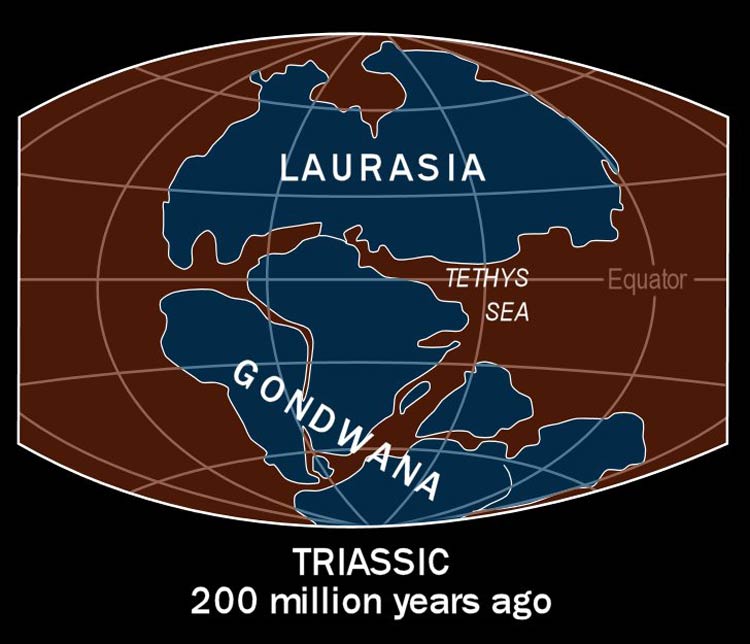
The end of the first Gondwana
The end of the first Gondwana, which occurred during the late Paleozoic era, was caused by a series of tectonic events that led to the break-up of the supercontinent. The process of break-up was characterized by rifting, seafloor spreading, and the formation of new oceans. The separation of Gondwana led to the formation of the proto-Atlantic and proto-Indian oceans, as well as the creation of the Southern Ocean.
The end of the first Gondwana also had a significant impact on the Earth’s climate and environment. The break-up of the supercontinent allowed for the exchange of plants and animals between different parts of the world, which led to the diversification of life. The formation of the Southern Ocean also had a major impact on the Earth’s climate, as it allowed for the formation of the Antarctic Circumpolar Current, which helps to regulate the planet’s temperature.
The end of the first Gondwana also led to the formation of new mountain ranges, as the continental plates collided and collided again, resulting in orogeny, and in the formation of the modern continents. This process took millions of years and it’s still ongoing. The Gondwana’s break-up set the stage for the formation of the current continents and the distribution of life on Earth as we know it today.
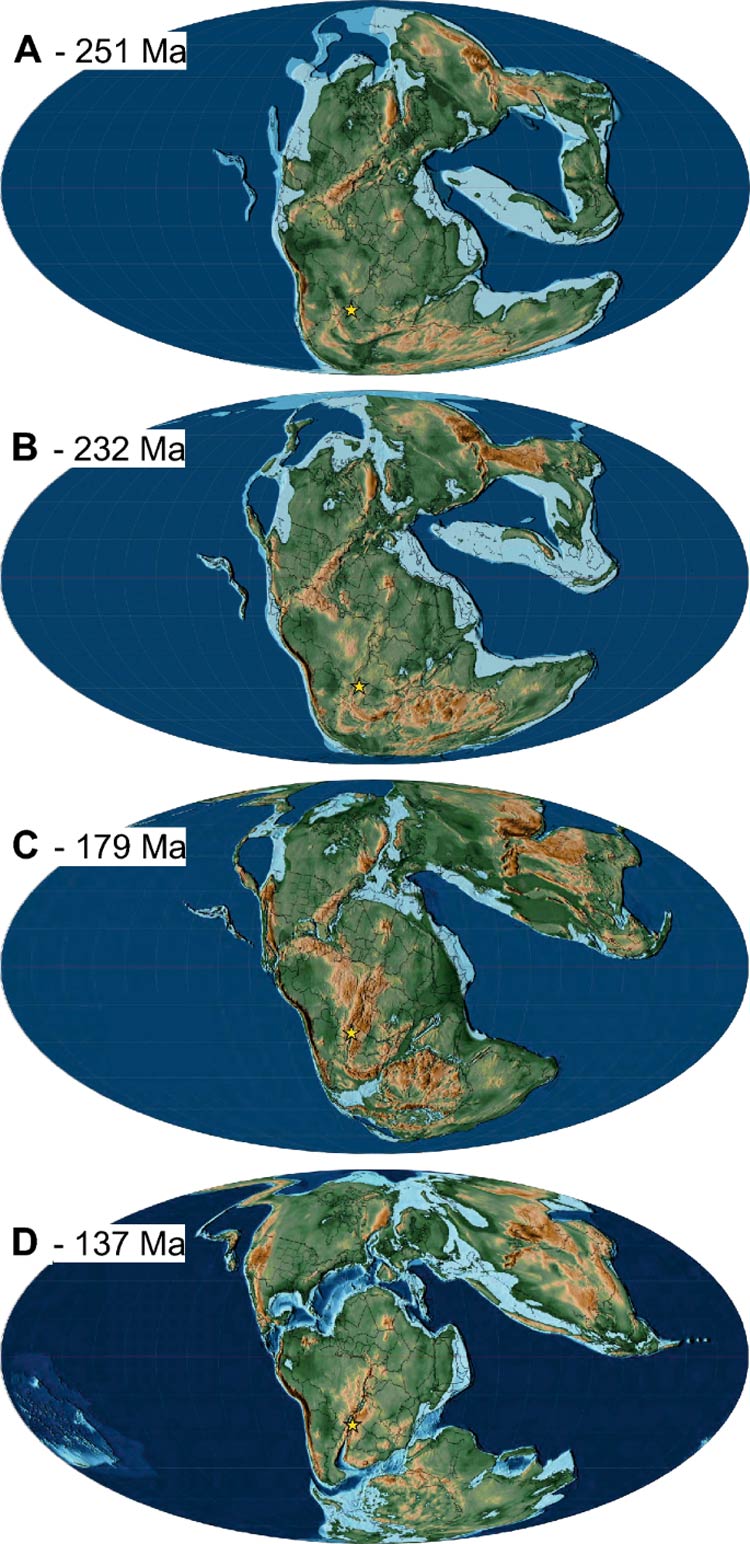
Gondwana appears for the second time
Gondwana did not re-form after it broke apart during the late Paleozoic era. Once the supercontinent broke apart, the individual landmasses that made it up continued to move and change shape over millions of years due to plate tectonics. Today, the continents that were once part of Gondwana (Africa, South America, Antarctica, Australia, and the Indian subcontinent) are located in different parts of the world and have distinct geographies and climates. While these continents share some similarities in terms of their geological history and some plant and animal species, they are not considered to be part of a supercontinent anymore.
It’s worth noting that some scientists have proposed the idea of a “Gondwana 2.0” or a “Pangea Ultima”, which would be a future supercontinent that would form by the collision of the current continents that were once part of Gondwana. However, it’s important to note that this is just a hypothesis and it’s based on the assumption that plate tectonics will continue in the same way as it has in the past.
There are a number of factors that would need to occur for a “Gondwana 2.0” to form, including the continued collision of the African and South American plates, the re-connection of Australia and Antarctica, and the collision of the Indian subcontinent with Asia. Even if these events were to occur, it would likely take millions of years for a new supercontinent to form.
It’s also important to note that the future of plate tectonics is uncertain and the Earth’s surface can be shaped and reshaped by a variety of different processes. The hypothesis of a “Gondwana 2.0” or “Pangea Ultima” is an interesting idea, but it is important to remember that it is just one possible scenario among many.
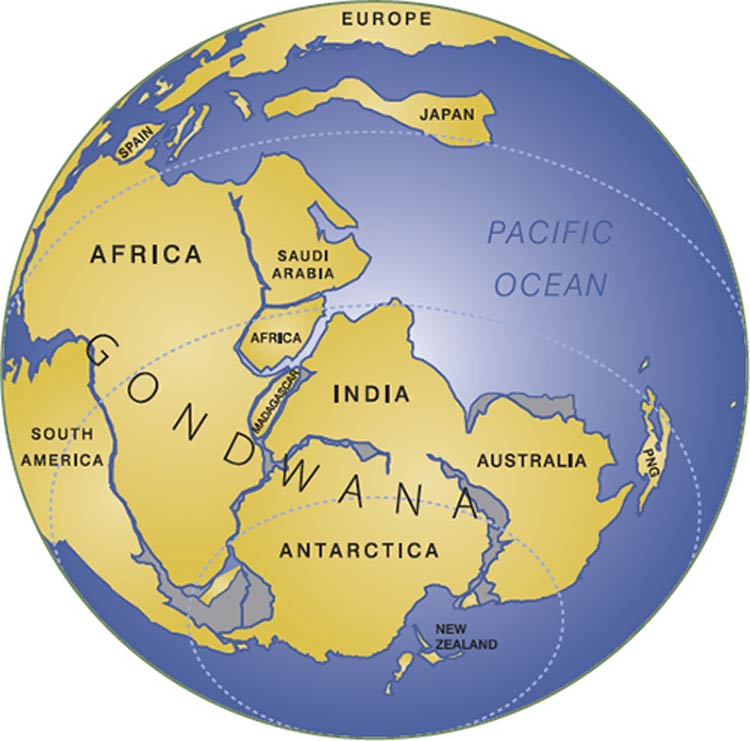
The final breakup of Gondwana
The final breakup of Gondwana occurred over a period of tens of millions of years, from the Jurassic period to the present day. The process of breakup was characterized by rifting, seafloor spreading, and the formation of new oceans. The separation of Gondwana led to the formation of the Atlantic and Indian oceans, as well as the creation of the Southern Ocean.
The final breakup of Gondwana had a significant impact on the movement and formation of the continents, as well as on the evolution of life on Earth. The separation of the continents allowed for the exchange of plants and animals between different parts of the world, which led to the diversification of life. The formation of the Southern Ocean also had a major impact on the Earth’s climate, as it allowed for the formation of the Antarctic Circumpolar Current, which helps to regulate the planet’s temperature.
The final breakup of Gondwana also led to the formation of new mountain ranges, as the continental plates collided and collided again, resulting in orogeny. This process took millions of years and it’s still ongoing. The final breakup of Gondwana set the stage for the formation of the current continents and the distribution of life on Earth as we know it today.

Biogeography of Gondwana
The biogeography of Gondwana refers to the distribution and evolution of plants and animals that lived on the supercontinent. Gondwana was home to a unique and diverse range of life forms, many of which evolved in isolation from other landmasses.
One of the most notable features of Gondwana’s biogeography is the presence of many ancient and unique plant and animal groups. For example, Gondwana was home to some of the world’s oldest known land plants, such as ferns and lycopods, which evolved in the Devonian period, about 385 million years ago. Gondwana also had a rich diversity of early animals, including the first reptiles, as well as the ancestors of mammals and marsupials, which are found mostly in Australia and New Guinea.
The breakup of Gondwana also led to the evolution of many unique plant and animal groups. For example, the separation of South America and Africa led to the evolution of different groups of mammals, such as the marsupials in Australia and the placentals in Africa and South America. This separation also led to the evolution of many unique bird groups, such as the ratites (flightless birds) and the songbirds, which are found only in the Southern Hemisphere.
The biogeography of Gondwana has also had a significant impact on the evolution of life on Earth. The separation of the continents allowed for the exchange of plants and animals between different parts of the world, which led to the diversification of life. Additionally, the formation of the Southern Ocean also had a major impact on the Earth’s climate, which in turn affected the distribution of life on the planet.
The study of the biogeography of Gondwana can help scientists understand the mechanisms of biogeography, evolution and ecology. It’s a key area of study for understanding the past and present of life on Earth and the factors that shaped it.
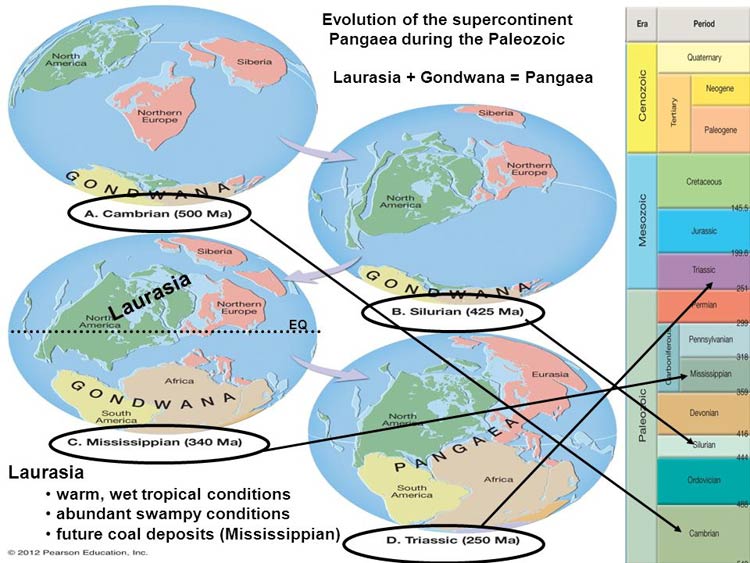
Climate
The climate of Gondwana was likely influenced by a variety of factors, including its location in the Southern Hemisphere, its size and shape, and its position relative to the Earth’s poles.
During the time Gondwana existed, the Earth’s climate was generally much warmer than it is today. This is because the Earth’s atmosphere had much higher levels of carbon dioxide, which acts as a greenhouse gas, trapping heat from the sun and warming the planet’s surface. The high levels of CO2 were likely caused by volcanic activity, which released large amounts of the gas into the atmosphere.
Gondwana’s location in the Southern Hemisphere also likely had an impact on its climate. The supercontinent was situated close to the South Pole, which would have meant that it experienced long periods of darkness during the winter and long periods of sunlight during the summer. This would have affected the distribution of plant and animal life on the continent, as well as the climate.
The formation of the Southern Ocean, which resulted from the break-up of Gondwana, had a major impact on the Earth’s climate. The ocean helped to regulate the planet’s temperature by acting as a heat sink, absorbing and distributing heat around the globe. The ocean currents that formed as a result of the Southern Ocean also helped to distribute heat and moisture around the planet.
Gondwana’s climate was likely influenced by a variety of factors, including its location in the Southern Hemisphere, the high levels of CO2 in the atmosphere, and the formation of the Southern Ocean. The study of Gondwana’s climate can help scientists understand the mechanisms that drive climate change and the role of ocean circulation in regulating the planet’s temperature.
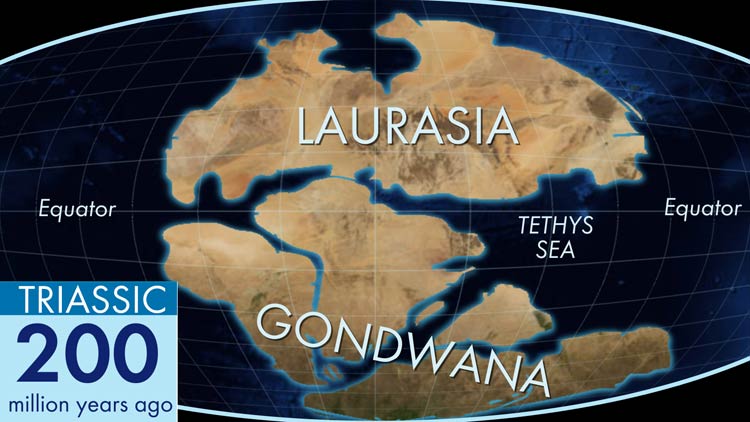
The importance of Gondwana for science
Gondwana is important for science for several reasons:
- Plate tectonics: The formation and breakup of Gondwana is a key example of plate tectonics, the process by which the Earth’s crustal plates move and interact. The supercontinent’s formation and breakup was caused by the movement of the Earth’s crustal plates, and the process provides important insights into the dynamics of plate tectonics.
- Climate and oceanography: The formation of Gondwana and the Southern Ocean that resulted from its breakup had a major impact on the Earth’s climate, as well as ocean circulation. The study of Gondwana can help scientists understand the mechanisms that drive climate change and the ocean’s role in regulating the planet’s temperature.
- Biogeography and evolution: The breakup of Gondwana allowed for the exchange of plants and animals between different parts of the world, which led to the diversification of life. The study of Gondwana can help scientists understand the mechanisms of biogeography and evolution.
- Geology and paleontology: The formation and breakup of Gondwana also led to the formation of new mountain ranges and the creation of new habitats for plants and animals. The study of Gondwana can help scientists understand the geologic processes that shape the Earth’s surface and the evolution of life on our planet.
- Economic resources: Gondwana’s formations, movements, and breakups had a major impact on the distribution of mineral and fossil fuel resources on Earth. The study of Gondwana can help scientists understand where resources are likely to be found and how they formed.
In summary, Gondwana is an important area of study for scientists working in various fields, such as geology, paleontology, biogeography, oceanography, and climatology. It helps in understanding the Earth’s past and present, and provides insights that can be applied to many areas of scientific research.

Gondwana – interesting facts
- Gondwana was not the only supercontinent that existed in the Earth’s history, but it was one of the most recent and most well-documented. The other supercontinents in Earth’s history are Rodinia and Pangea.
- Gondwana was home to some of the Earth’s earliest known dinosaurs. Fossils of dinosaurs have been found in Antarctica, which was part of Gondwana, providing evidence that dinosaurs lived in Antarctica at some point in their history.
- The name Gondwana comes from an ancient tribe in India called Gond, which is believed to be one of the oldest tribes in the world.
- Gondwana was home to some of the world’s largest land animals, such as the sauropod dinosaurs, which were among the largest animals to ever walk on land.
- Gondwana was also home to early mammals and reptiles, including the ancestors of marsupials, which are found mostly in Australia and New Guinea.
- Gondwana was also home to some of the world’s first flowering plants, which appeared about 140 million years ago.
- Gondwana’s breakup led to the formation of the Antarctic Circumpolar Current, which is the ocean current that circles Antarctica, and is considered one of the strongest ocean currents in the world.
- The separation of Gondwana into the continents we know today has had a significant impact on the world’s climate and weather patterns, particularly the formation of the Southern Ocean and its role in the global ocean circulation.
- Gondwana’s breakup also led to the formation of the Andes, the longest continental mountain range in the world, which runs along the western coast of South America.
- The breakup of Gondwana has had a significant impact on the distribution of mineral and fossil fuel resources on Earth, including coal and oil deposits which can be found in the former Gondwana landmasses.
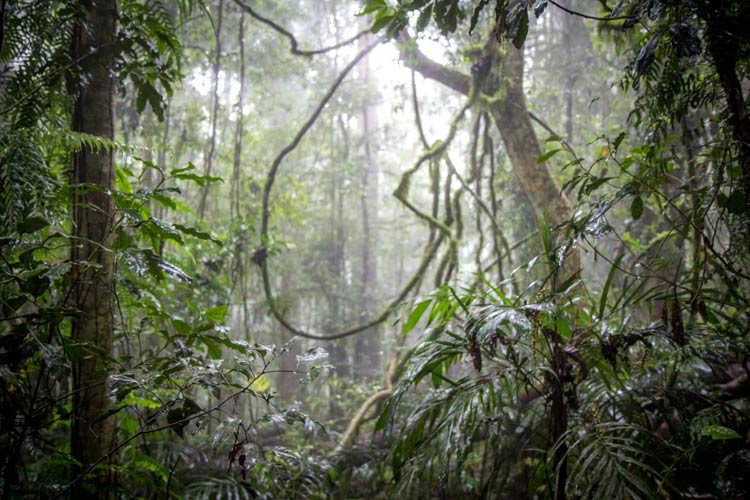
Q&A about Gondwana
Q: What is Gondwana?
A: Gondwana is the name given to the southern supercontinent that existed during the Mesozoic and Paleozoic eras. It was formed by the accretion and collision of a number of smaller continents and landmasses and broke apart around 180 million years ago.
Q: When did Gondwana form?
A: Gondwana is believed to have formed about 540 million years ago.
Q: Which continents were part of Gondwana?
A: The continents that were part of Gondwana include Antarctica, Africa, South America, Australia, and the Indian subcontinent.
Q: How did Gondwana get its name?
A: The name “Gondwana” comes from the Gondwana region in central India, where rocks from this ancient supercontinent were first identified.
Q: When did Gondwana begin to break apart?
A: Gondwana began to break apart about 180 million years ago.
Q: How long did Gondwana exist?
A: Gondwana existed for around 360 million years.
Q: What era Gondwana existed?
A: Gondwana existed during the Mesozoic and Paleozoic eras.
Q: What evidence do scientists use to study Gondwana?
A: Scientists use a variety of evidence to study Gondwana, including fossils, rock formations, and geologic patterns. They also use plate tectonics and paleomagnetism to study the movements of the continents that were part of Gondwana.
Q: How did Gondwana’s climate change over time?
A: During the time Gondwana existed, the climate changed from being mostly warm and humid during the early part of the Paleozoic era to being much colder and drier during the late Paleozoic and Mesozoic eras.
Q: How did the life forms evolve on Gondwana?
A: Life forms on Gondwana evolved over time, with different species appearing and disappearing as the continents moved and the climate changed. During the early part of Gondwana’s existence, the land was mostly covered by lush, tropical forests. As Gondwana began to break apart and the climate became drier, new life forms such as dinosaurs and early mammals evolved.
Q: How did the separation of Gondwana affect the biodiversity of the world?
A: The separation of Gondwana had a major impact on the biodiversity of the world. As the continents began to move apart, different species were separated and evolved in isolation from one another. This led to the development of unique and diverse ecosystems on each of the continents that were once part of Gondwana.
Q: What are the current theories about the final separation of Gondwana?
A: The final separation of Gondwana is still a topic of ongoing research, but current theories propose that the separation was caused by tectonic activity along the southern mid-Atlantic ridge, which caused the different landmasses to move away from each other. Some researchers also propose that the separation was caused by mantle plumes and large-scale volcanic activity.

